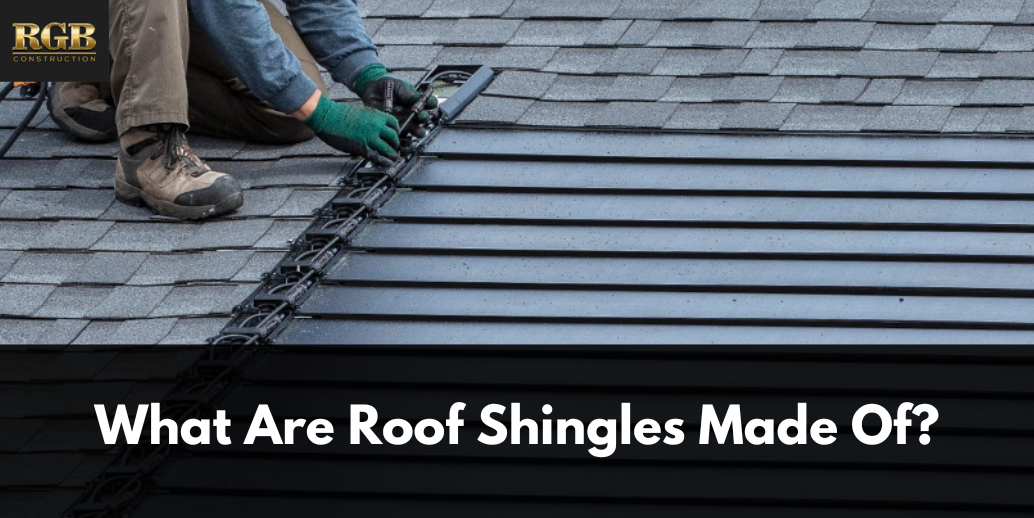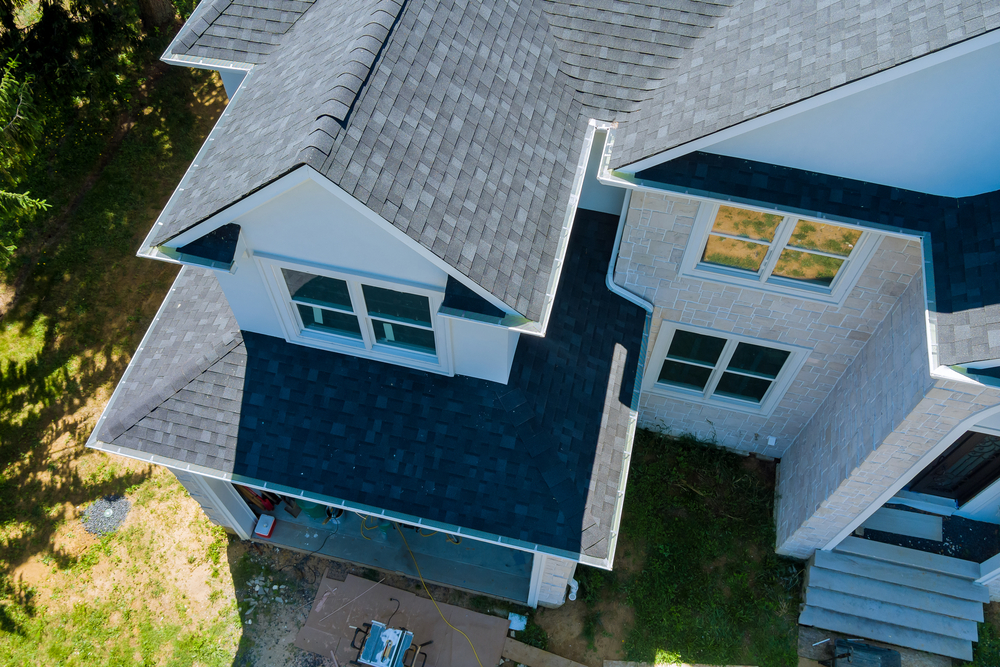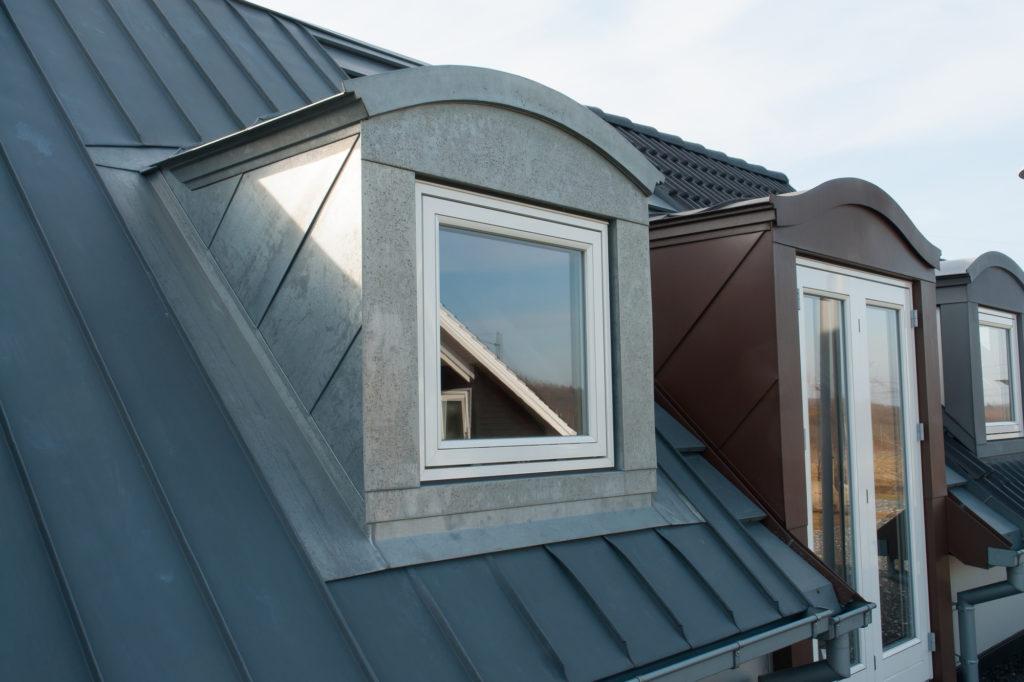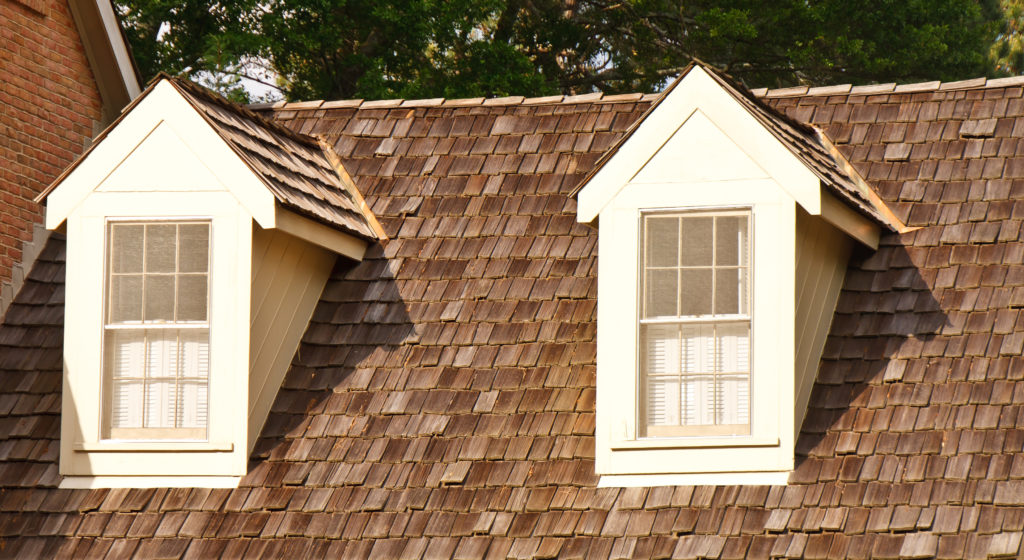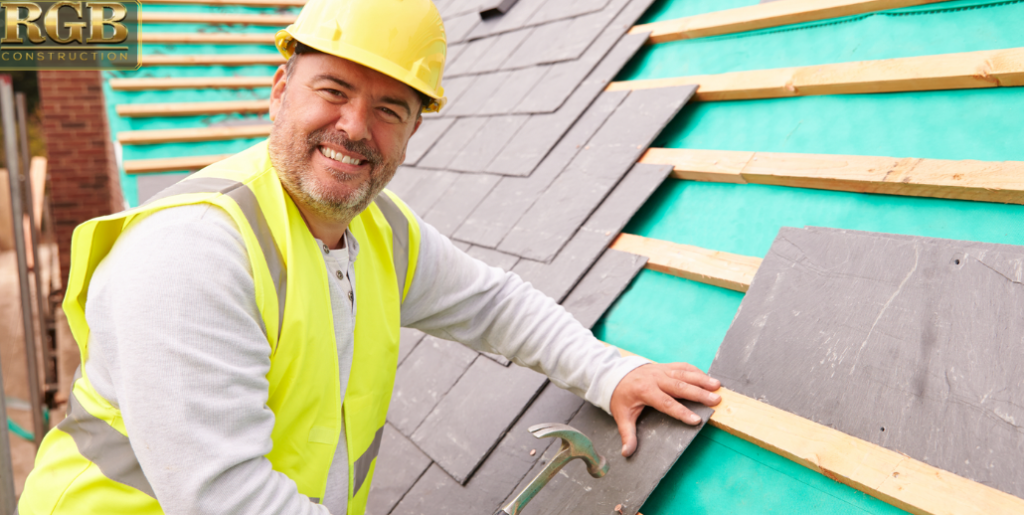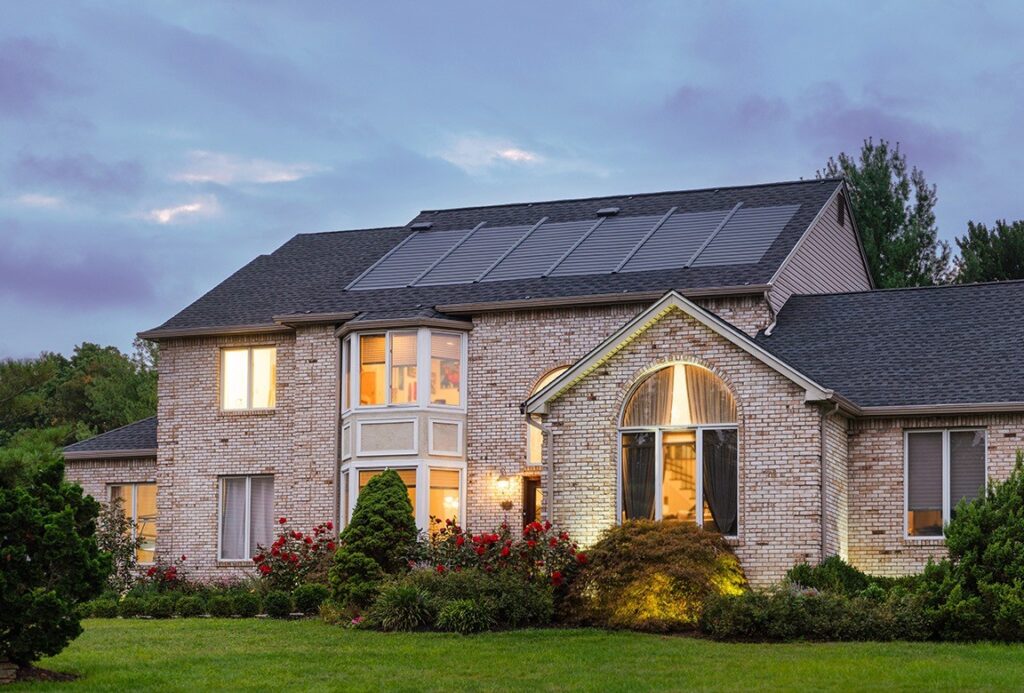A Comprehensive Guide by RGB Construction
Introduction: Choosing the Right Roof Shingles for Your Home
When it comes to protecting your home, few things are as important as your roof. Your choice of shingles can impact your home’s durability, energy efficiency, and even resale value. With so many roofing materials available, how do you determine the best option for your home?
At RGB Construction, a GAF Master Elite Contractor serving Cherry Hill, Gloucester County, and all of South Jersey, we help homeowners make informed decisions about their roofs. In this guide, we’ll break down the materials that make up roof shingles, their advantages and disadvantages, and how to select the best fit for your home.
Why the Right Shingles Matter: A South Jersey Homeowner’s Story
Last winter, a homeowner in Cherry Hill noticed curling shingles and small leaks forming in their attic. After researching different roofing materials, they turned to RGB Construction for expert advice. We evaluated their roof, discussed their budget and aesthetic preferences, and ultimately recommended GAF Timberline® HDZ™ asphalt shingles—a cost-effective and durable option.
Fast forward to today, their roof is weatherproof, energy-efficient, and backed by a strong GAF warranty. Whether you’re in Camden County, Gloucester County, or beyond, selecting the right shingles can extend your roof’s lifespan and enhance your home’s protection.
1. Asphalt Shingles: America’s Most Popular Roofing Material
Asphalt shingles are the most commonly used roofing material in the United States due to their affordability, durability, and variety of styles.
Composition
- Fiberglass or organic mat base
- Asphalt coating for waterproofing
- Ceramic granules for UV protection and color
Advantages
- Cost-effective compared to other roofing materials
- Available in a wide range of colors and styles
- Lightweight and easy to install
- Provides good protection against wind, rain, and moderate impact
Disadvantages
- Lifespan shorter than premium materials, typically 15 to 30 years
- Can be prone to damage in extreme temperature fluctuations
- May require periodic maintenance to prevent algae growth
Best For: Homeowners looking for an affordable, reliable, and aesthetically versatile roofing solution.
RGB Construction Recommendation
We recommend GAF Timberline® HDZ™ shingles, which offer StainGuard Plus™ algae protection and LayerLock™ technology for enhanced durability.
2. Metal Shingles: A Durable and Energy-Efficient Option
Metal roofing is becoming increasingly popular due to its longevity, energy efficiency, and modern aesthetic.
Composition
- Steel, aluminum, zinc, or copper
- Protective coatings to prevent rust and corrosion
Advantages
- 50+ year lifespan
- Energy-efficient, reflecting heat to reduce cooling costs
- Resistant to fire, wind, and impact damage
- Often made from recycled materials
Disadvantages
- Higher initial cost compared to asphalt shingles
- Can be noisy during heavy rain if not properly insulated
- May require specialized installation
Best For: Homeowners looking for a long-lasting, energy-efficient roofing solution with modern appeal.
RGB Construction Recommendation
For homeowners interested in metal roofing, GAF’s Timberline® Solar Shingles offer the durability of metal roofing while incorporating solar energy efficiency.
3. Wood Shingles and Shakes: A Classic and Natural Choice
Wood shingles and shakes provide a timeless, rustic aesthetic and are often used in historic or traditional-style homes.
Composition
- Typically made from cedar, redwood, or pine
Advantages
- Natural insulation properties
- Provides a distinctive, high-end appearance
- Can be sourced from renewable materials
Disadvantages
- Requires regular maintenance, including staining and sealing
- Susceptible to moisture-related issues such as rot and mold
- Higher fire risk unless treated with fire-resistant coatings
Best For: Homeowners who prioritize natural aesthetics and are willing to invest in regular maintenance.
Expert Tip
Pressure-treated wood shingles provide better fire resistance and increased longevity.
4. Tile Roofing: A Long-Lasting and Distinctive Option
Tile roofing is commonly found in Mediterranean and Spanish-style homes. It is known for its durability and unique aesthetic.
Composition
- Made from clay or concrete
Advantages
- 50+ year lifespan
- Fire-resistant and impervious to insect damage
- Energy-efficient due to its natural heat-reflective properties
Disadvantages
- Heavier than other roofing materials, requiring additional structural support
- Fragile—can crack under excessive pressure
- Higher cost compared to asphalt shingles
Best For: Homeowners looking for a high-end, durable roofing material that complements traditional architecture.
RGB Construction Recommendation
For tile roofing, RGB Construction ensures proper structural support before installation to maximize longevity and performance.
5. GAF Solar Shingles: The Future of Roofing and Energy Savings
Solar shingles offer homeowners the opportunity to generate electricity while maintaining the appearance of a traditional roof.
Composition
- Photovoltaic (PV) solar cells integrated into shingle design
Advantages
- Generates clean energy, reducing reliance on the electrical grid
- Seamless integration with traditional shingles
- Eligible for tax credits and rebates
Disadvantages
- Higher upfront cost compared to conventional shingles
- Requires professional installation to maximize efficiency
Best For: Homeowners seeking to reduce energy costs and increase sustainability.
RGB Construction Recommendation
We are a certified installer of GAF Solar Shingles and can help determine eligibility for solar incentives.
Choosing the Right Shingles for Your Home
Key Factors to Consider:
- Budget: Asphalt is the most affordable option, while metal, tile, and solar shingles have higher upfront costs but may provide long-term savings.
- Lifespan vs. Cost: Investing in premium materials like metal, tile, or solar shingles can be more cost-effective over time.
- Aesthetic Preferences: Consider how each material complements your home’s design.
- Climate Considerations: Certain materials perform better in specific climates.
RGB Construction offers expert consultations to help homeowners select the best roofing material for their needs.
Frequently Asked Questions
-
What is the most common roofing material?
- Asphalt shingles are the most widely used due to their affordability and ease of installation.
-
Are metal roofs noisy?
- With proper insulation, metal roofs are no louder than other roofing materials during rainstorms.
-
Can solar shingles be installed on any roof?
- Most roofs can accommodate solar shingles, but roof pitch and orientation affect energy production.
-
How long do asphalt shingles last?
- Depending on maintenance and climate conditions, asphalt shingles last between 15 and 30 years.
-
Do tile roofs require additional support?
- Yes, tile roofing is heavier than other materials and may require structural reinforcement.
Schedule a Consultation with RGB Construction
If you are considering a roof replacement or need expert advice on the best roofing material for your home, RGB Construction is here to help. As a GAF Master Elite Contractor, we provide high-quality materials and expert installation services throughout Cherry Hill, Gloucester County, and South Jersey.
Contact us today for a free consultation and learn more about our roofing solutions.
- Call: 856-264-9093
- Visit: RGBConstructionServices.com

